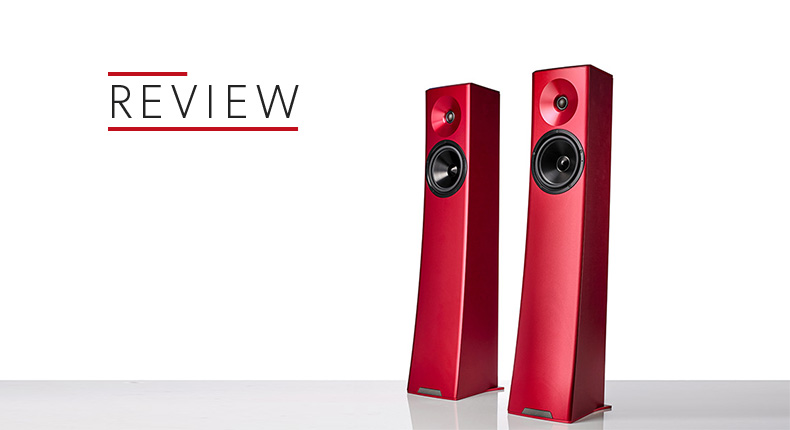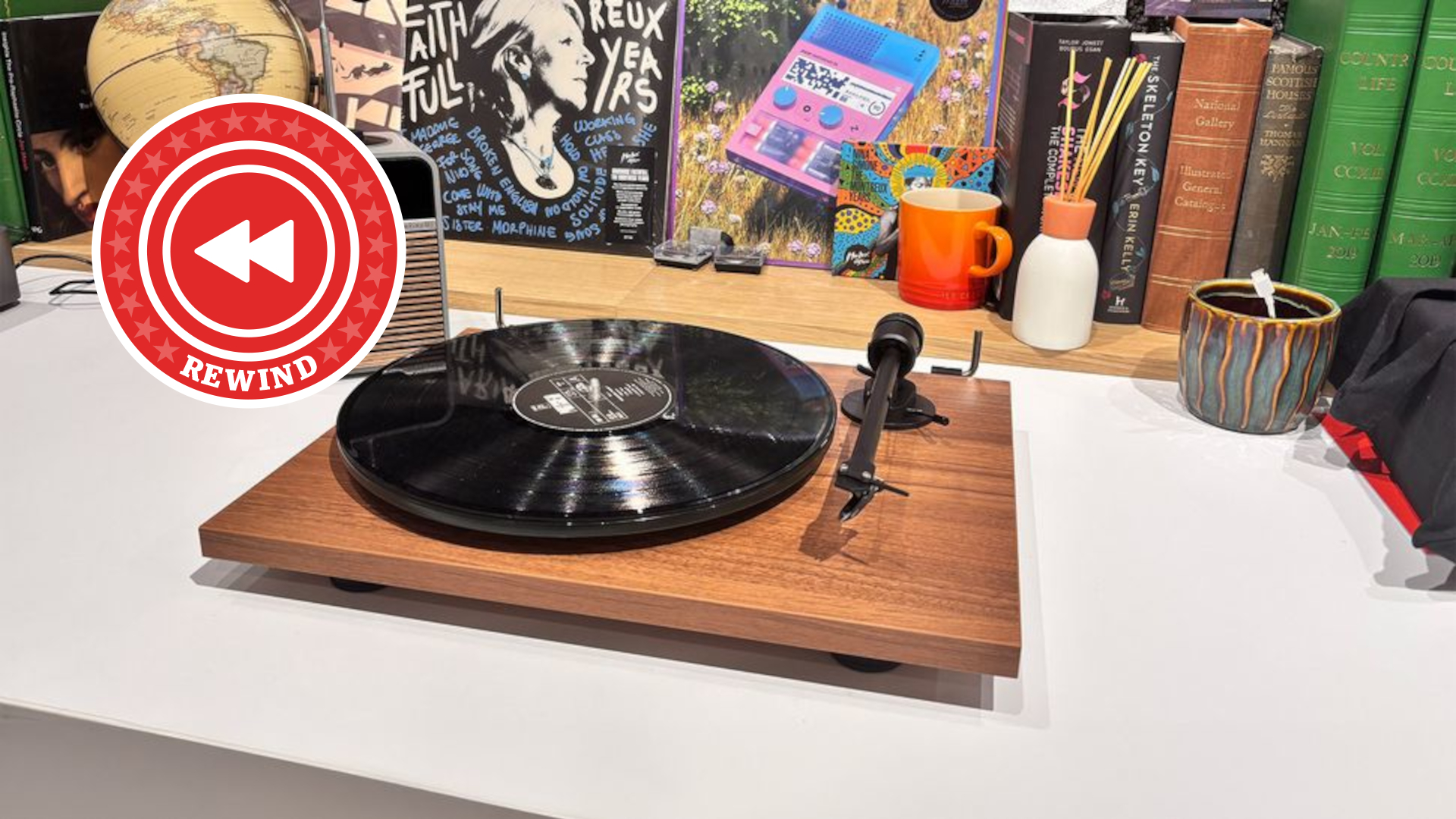What Hi-Fi? Verdict
Take care with the partnering equipment and you’ll find the Carmel 2s hard to better if you’re a) after compact floorstanders and b) wealthy
Pros
- +
Clarity and insight
- +
Impressive dynamics
- +
Exceptional build and finish
Cons
- -
Need pampering
- -
Don’t shine at very low volumes
Why you can trust What Hi-Fi?
Never heard of YG Acoustics? We wouldn’t blame you.
Founded in 2002, the company has had a pretty low profile in the UK - but in its home market, the Denver-based high-end speaker specialist has built an enviable reputation around its impressively engineered speakers. It's seen as a strong alternative to established US brands such as Wilson Audio.
Entry-level is very much a relative term. YG Acoustics currently makes four different speaker models - these Carmel 2s are the smallest and the cheapest. If you want compact two-way floorstanders, this is YG's offering.
Build
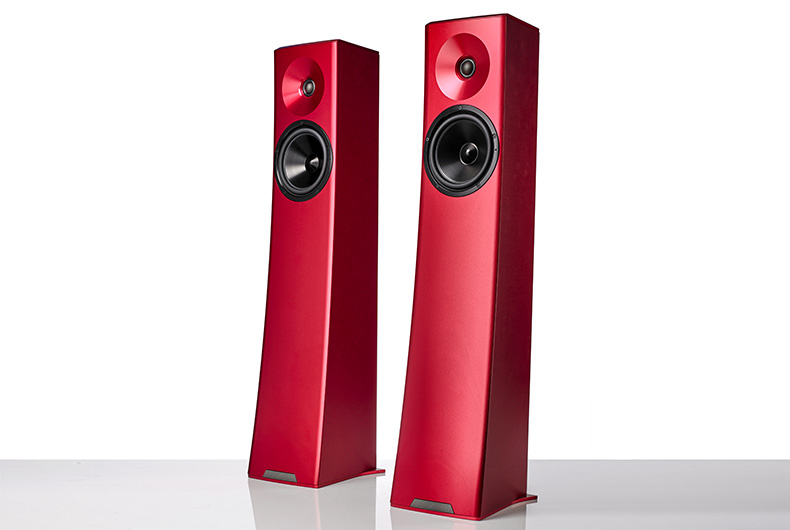
What does £25,000 get you? A crisply hewn metal cabinet, for starters. The standard finish is black, but if you want another colour (such as the red of our sample), the price rises to £27,500.
The Carmel 2 has a sealed enclosure made of precision-machined aluminium alloy that's up to 35mm thick in places. At first glance they might seem a little plain, but take a careful look and you’ll notice subtle curves on just about every side.
A pair of cabinets takes around a day and a half of CNC-machining to make, which goes some way to explaining that high price tag. As does the fact YG makes just about every part in-house.
Inside, that impressive cabinet is split into three chambers and strategically braced to minimise any resonances. There’s a small, carefully positioned amount of damping to help the process.
MORE: How to buy speakers and set them up for the best sound
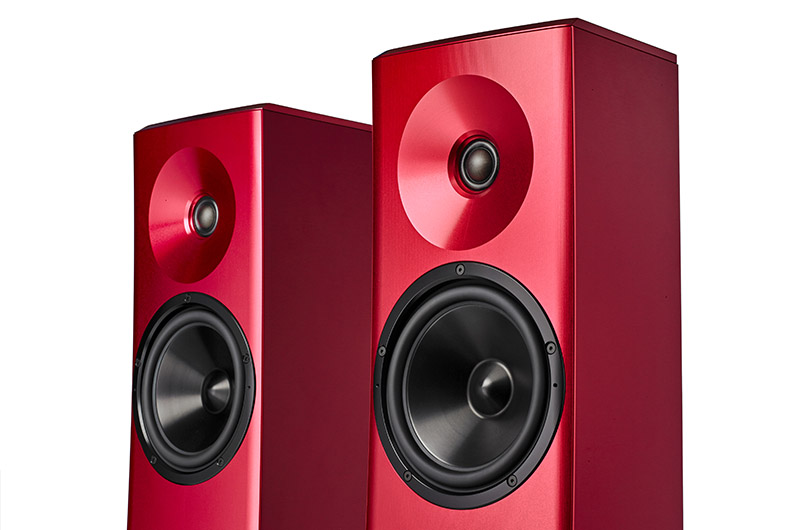
Fit and finish is exceptional, just as you’d hope at the price, and everything feels immensely rigid and solid. Despite the compact dimensions – they’re just over a metre tall – don’t try to pick one up alone. Each tower weighs in at a hefty 35kg.
The mid/bass driver is unusual. Engineered in-house, its 18cm cone starts life as a 2kg slab of aluminium before it’s machined down to size. By the end of the process it weighs just 10g.
Why not just stamp out the cone from a thin aluminium sheet, as everyone else does? YG’s way avoids the build-up of internal stresses and so is claimed to sound better (and supposedly results in considerably less sonic distortion).
MORE: How to build the perfect speaker
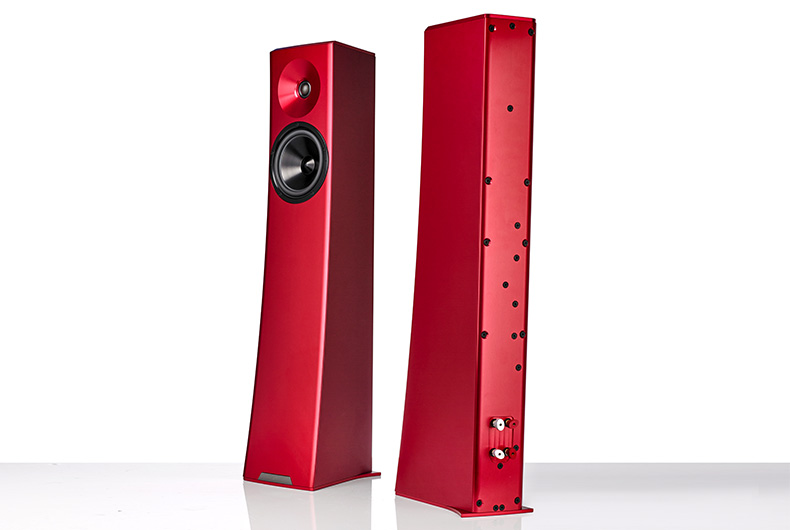
Machining the cone also allows the company to incorporate complex supports on the inner surface to improve rigidity and damping characteristics.
The tweeter may look like a conventional soft dome, but the company has worked hard on the motor system and structure to minimise any distortion. It’s combined with the mid/bass unit through an unusual crossover (designed with proprietary software) YG claims gives the best balance between the normally conflicting parameters of frequency and phase.
The crossover uses in-house CNC-wound air core conductors. The circuit’s crossover point is an unconventionally low 1.75kHz.
Compatibility
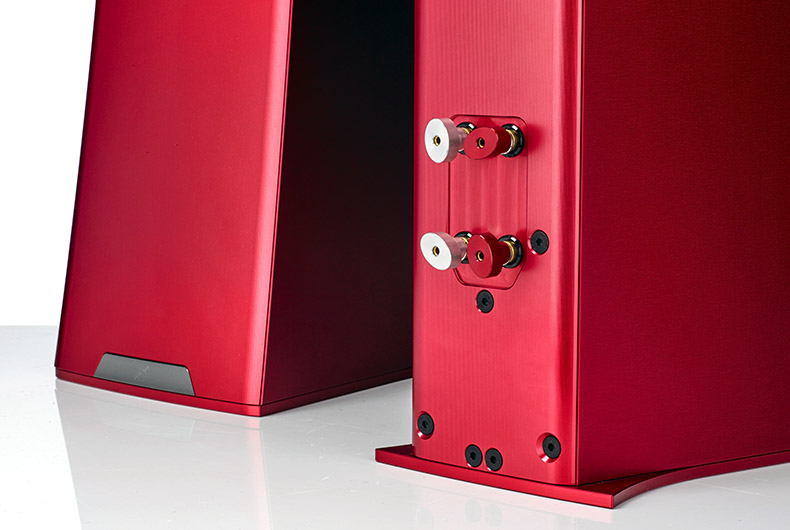
The Carmel 2s are demanding speakers when it comes to system matching, but not necessarily in the electrical sense.
They aren’t a particularly difficult load – claimed sensitivity is 87dB/W/m and nominal impedance is 4ohms (3.5ohm minimum) – but their clinical sonic character dictates care in choosing the system electronics is needed. The Carmel 2’s natural tendency is to sound a little lean, particularly through the lower midrange and bass region.
They also have a critical nature that has no hesitation in showing up any high-frequency shortcomings in the partnering system or source material. A large part of this is due to their exceptional transparency and resolution, but there’s also an element of simple fussiness.
It also pays to spend plenty of time getting the positioning right - although at this level we fully expect the supplying dealer to sort everything out.
In our room we have them out into the room with just a touch of angle towards the listening position. Too close to the rear or side walls results in a loss of openness, and unbalances the low-frequency performance.
MORE: Best hi-fi speakers 2017
Sound
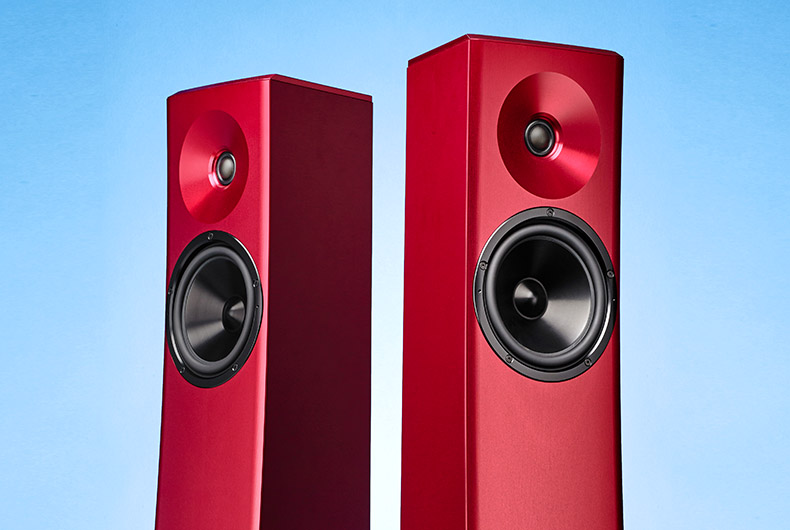
While the price will have some people thinking these speakers should sound flawless, that’s never the case with any piece of hi-fi - regardless of money.
These are compact floorstanders with an 18cm mid/bass driver. So if you want seismic bass or the ability to fill a large barn with sound, then we’d direct you towards something considerably bigger (and probably way more expensive if you don't want to forgo any of the Carmel 2’s considerable strengths).
Chief among them is clarity. Any speakers that can make our long-serving reference ATC SCM 50 speakers sound blurred and stodgy have to be something special.
That’s what these YGs do, provided they’re operating at mid- to high-volume levels. At very low volumes they sound a little lifeless.
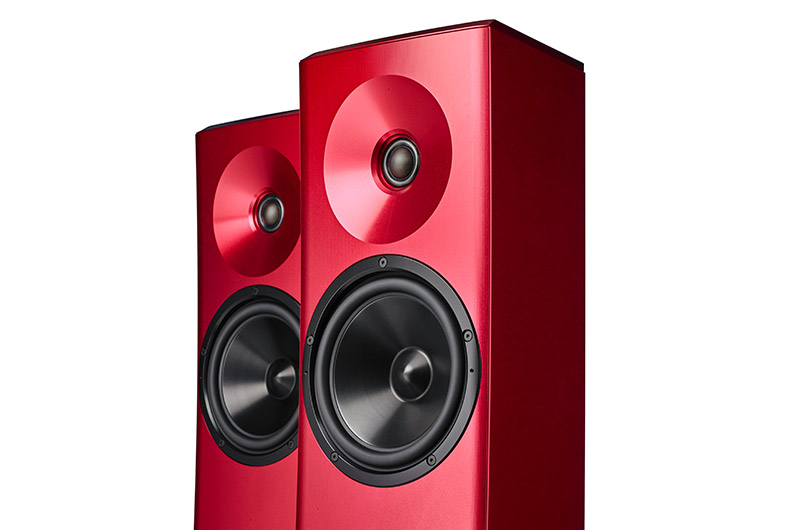
We listen to Nick Cave And The Bad Seeds’ People Ain’t No Good and the Carmels lap it up, delivering exceptional insight and precision.
Cave’s coarsely textured vocals are rendered beautifully, with superb level of subtlety, pointing to the quality of the crossover circuit and the seamless integration between the drivers. The song’s instrumental backdrop is organised with military fervour, with every strand getting the attention it deserves.
Yet despite all the insight, everything comes together in a cohesive and musical whole. It doesn’t take long for us to put all thoughts of analysis aside and just enjoy the results.
These speakers are rhythmically surefooted, as a spin of Alt J’s Hunger Of The Pine demonstrates. There’s plenty of drive here, and the kind of punch that is rare for floorstanders of this size.
MORE: Best speaker deals - hi-fi, Bluetooth, wireless
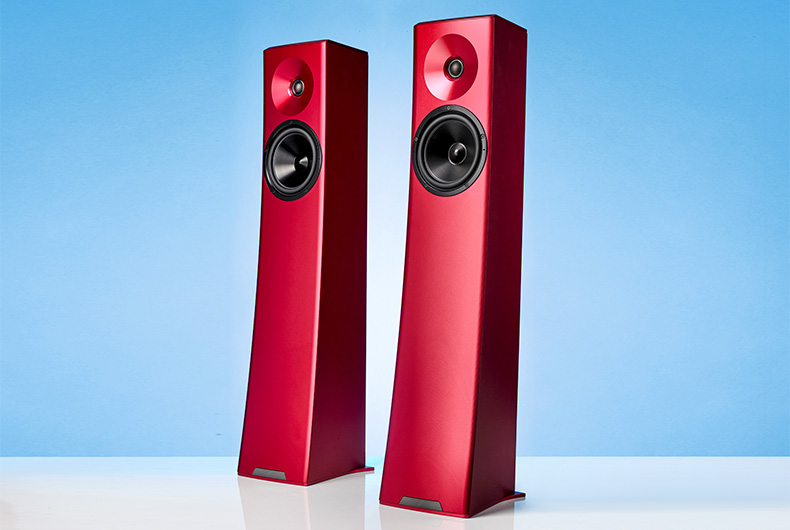
Pleasingly, there is little sense of the harshness that some metal-drivered speakers can exhibit. The Carmels, when properly matched, are as refined as they need to be without sacrificing the bite that a recording such as this needs.
But they are mighty revealing, too. If a recording isn’t immaculate, they won’t let you forget that fact. That’s something to bear in mind if your music collection is varied, rather than chosen on recording quality. Equally, while the likes of Tidal can give fine results, you won’t be making the most of these speakers if streaming services are your main source.
We move to Holst’s Mars and the YGs respond with pleasing scale and dynamic reach for something of their size. While the presentation isn’t as authoritative as we’ve heard, it is wonderfully insightful.
Stereo imaging is truly excellent. These speakers generate a superbly focused, wide-open soundstage and populate it with precisely located instruments that remain locked in position regardless of how demanding the music gets.
Verdict
The Carmel 2s are exceptional in terms of detail resolution and insight. They have the ability to track complex music without sounding strained, in a manner that’s beyond most high-end speakers we’ve heard.
They require plenty of pampering before they shine. Get it right, though, and they are truly impressive. Moving, even.
What Hi-Fi?, founded in 1976, is the world's leading independent guide to buying and owning hi-fi and home entertainment products. Our comprehensive tests help you buy the very best for your money, with our advice sections giving you step-by-step information on how to get even more from your music and movies. Everything is tested by our dedicated team of in-house reviewers in our custom-built test rooms in London, Reading and Bath. Our coveted five-star rating and Awards are recognised all over the world as the ultimate seal of approval, so you can buy with absolute confidence.
